HOSTS- Jeremy Burns, Matthew Scott Phillips
TYPE- Theory
DURATION- 44:11
BUMPER MUSIC- "Cantus Firmus with 2nd Species", "Cantus Firmus with 4th Species" (Matthew Scott Phillips)
ANNOUNCER- Mike Cunliffe
Continuing our discussion from episode 35-Counterpoint Pt.2, it's time to tackle 3rd and 4th species counterpoint! We have already built our cantus firmus and tried it out with 1st and 2nd species counterpoint. Our trilogy now comes to a satisfying end with melodies that coexist and commingle, all the while, maintaining their independence!


OUR 3rd SPECIES COUNTERPOINT
Below, you will see our original CANTUS FIRMUS, in the lower voice, and our 3rd SPECIES COUNTERPOINT, in the upper voice.
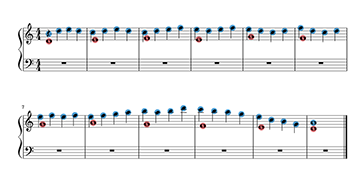
See our mistake below, in the RED BOX between measures 3 and 4. The last of the 4 quarter notes in the 3rd measure (F) moves down to an E
(1st quarter note of measure 4). The same motion occurs between the whole note (F), in measure 3, and the whole note (E), in measure 4.
This error occurred because I overlooked the P8 between the F in the CANTUS FIRMUS and the
F in the COUNTERPOINT melody at the end of the 3rd measure, both of which moved down to a P8 between the two E's at the top of measure 4.
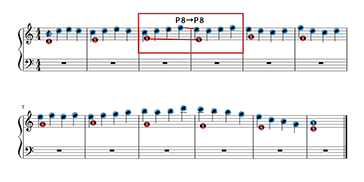
We were able to fix this, as seen below, by moving that 1st quarter note (E) in measure 4, up to an F. This helps us avoid that parallel octave.
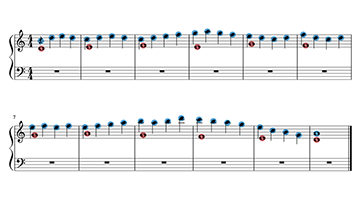
4th SPECIES RULES
We want to add syncopations, or SYNCOPES, that connect from the weak beat of one measure to the strongest beat of the following measure.
1. The weak beat must be consonant.
However, you can have a SUSPENSION on a
strong beat with the following considerations:
PREPARATION=Consonant on a weak beat.
SUSPENSION=Dissonant on a strong beat.
RESOLUTON=Consonant on a weak beat.
2. If the syncope is in the upper voice, 9-8,7-6,
4-3 suspentions are acceptable. Some argue
against the 6-5 suspension because it’s not
dissonant enough.
3. If the COUNTERPOINT occurs in the bass
voice, the only acceptable suspension is 2-3.
4. Cadences should be what is known as
“clausula vera” (true cadence), in which a P6
resolves to a P8 by contrary motion.
Scale degree 2 moves down to scale degree 1.
Scale degree 7 moves up to scale degree 8.
5. Because a chain of 4-3’s can be reduced to a
series of parallel 3rd’s, it should be avoided.
Likewise, 9-8 chains can be reduced to parallel
8ves (octaves).
6. However, a series of 6-5 suspensions is okay
because the 5th's are separated by consonant
intervals.
7. Parallel 5ths are okay on a strong beat if they
are separated by consonances. The same
applies to parallel 8ves. Try to avoid too many
of these in a row.
8. 7-6 and 4-3 suspensions are ideal because they
land on consonances.
OUR 4th SPECIES COUNTERPOINT
Below, you will see our original CANTUS FIRMUS, in the lower voice, and our 4th SPECIES COUNTERPOINT, in the upper voice.
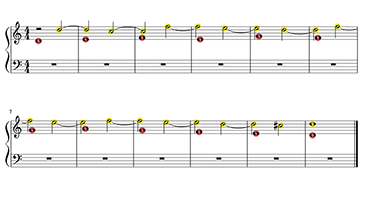
-In order to write "proper" counterpoint it is very important to strictly observe the rules of counterpoint.
-We try to observe the rules of counterpoint from note to note. However, in addidtion, sometimes it helps to "zoom" out and consider movement from measure to measure.
